Evidence-Based Nursing Research: Spinal Cord Injury Analysis
VerifiedAdded on 2021/05/31
|7
|1461
|119
Report
AI Summary
This report provides an overview of spinal cord injuries (SCI), focusing on the Australian context. It begins with an introduction defining SCI and highlighting its global impact, particularly in terms of morbidity and mortality. The report then delves into the incidence and causes of SCI in Australia, drawing on data from the Australian Spinal Cord Injury Registry (ASCIR) to present statistics on new cases, demographics of those affected (including age and gender), and the leading mechanisms of injury such as land transport crashes, falls, and water-related injuries. The report also categorizes SCI types into incomplete and complete injuries, as well as traumatic and non-traumatic causes, explaining the distinctions between them. Furthermore, the report highlights an Australian community resource, the SpinalHub website, designed to support individuals with SCI by providing information, education, and self-management strategies. The report concludes by emphasizing the significance of community resources in improving the health and quality of life for individuals with SCI and encourages further initiatives to support their recovery and community integration.
1 out of 7
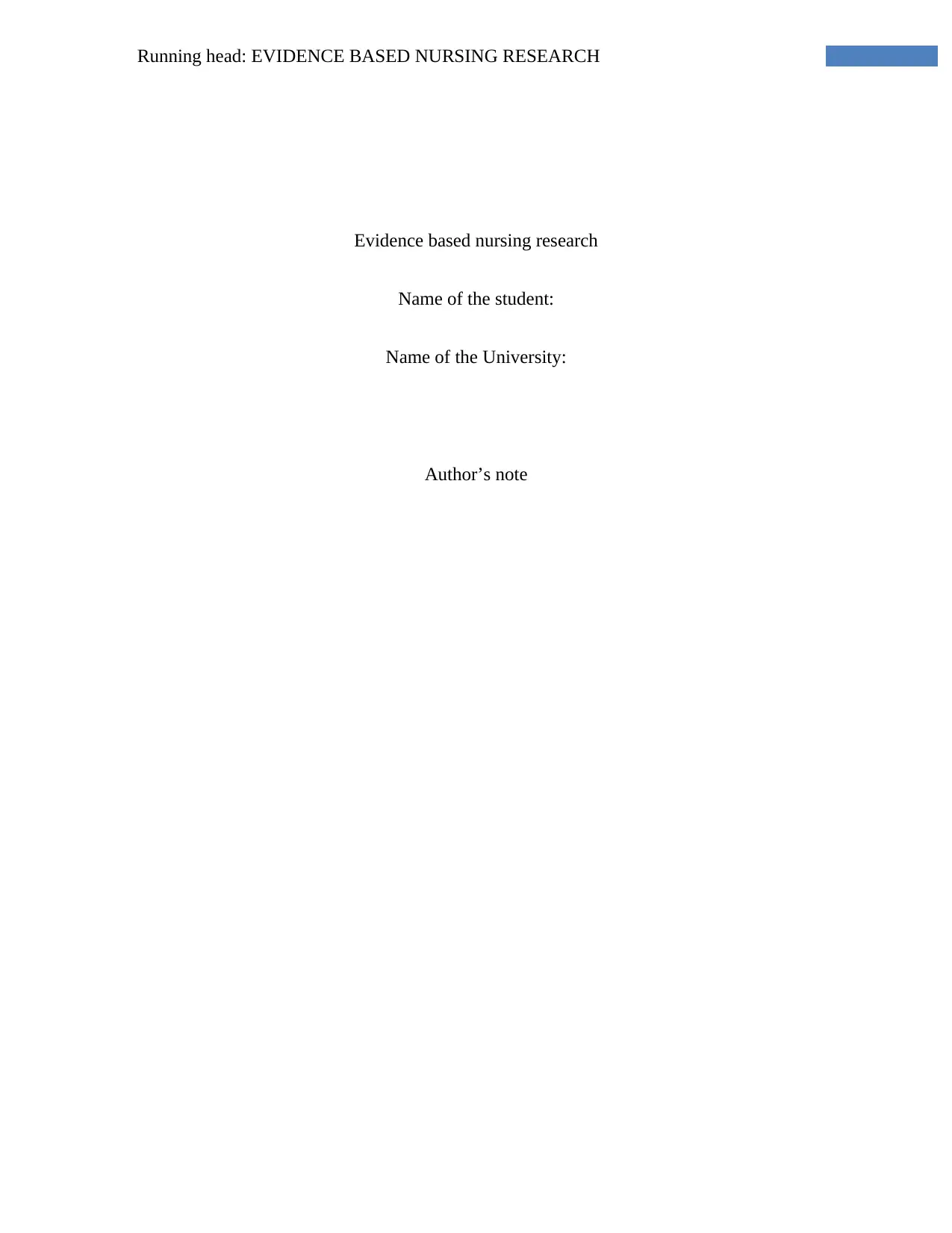
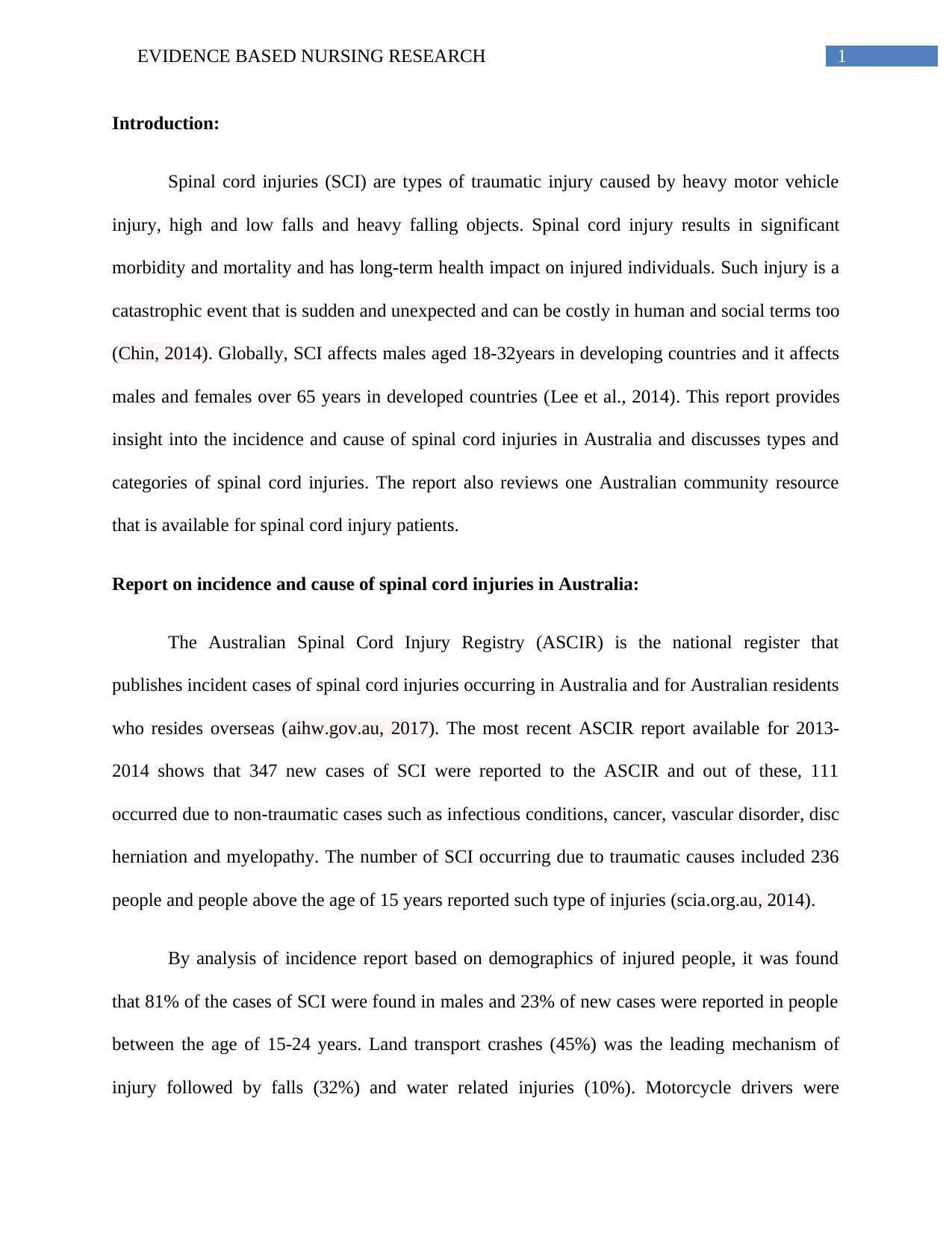
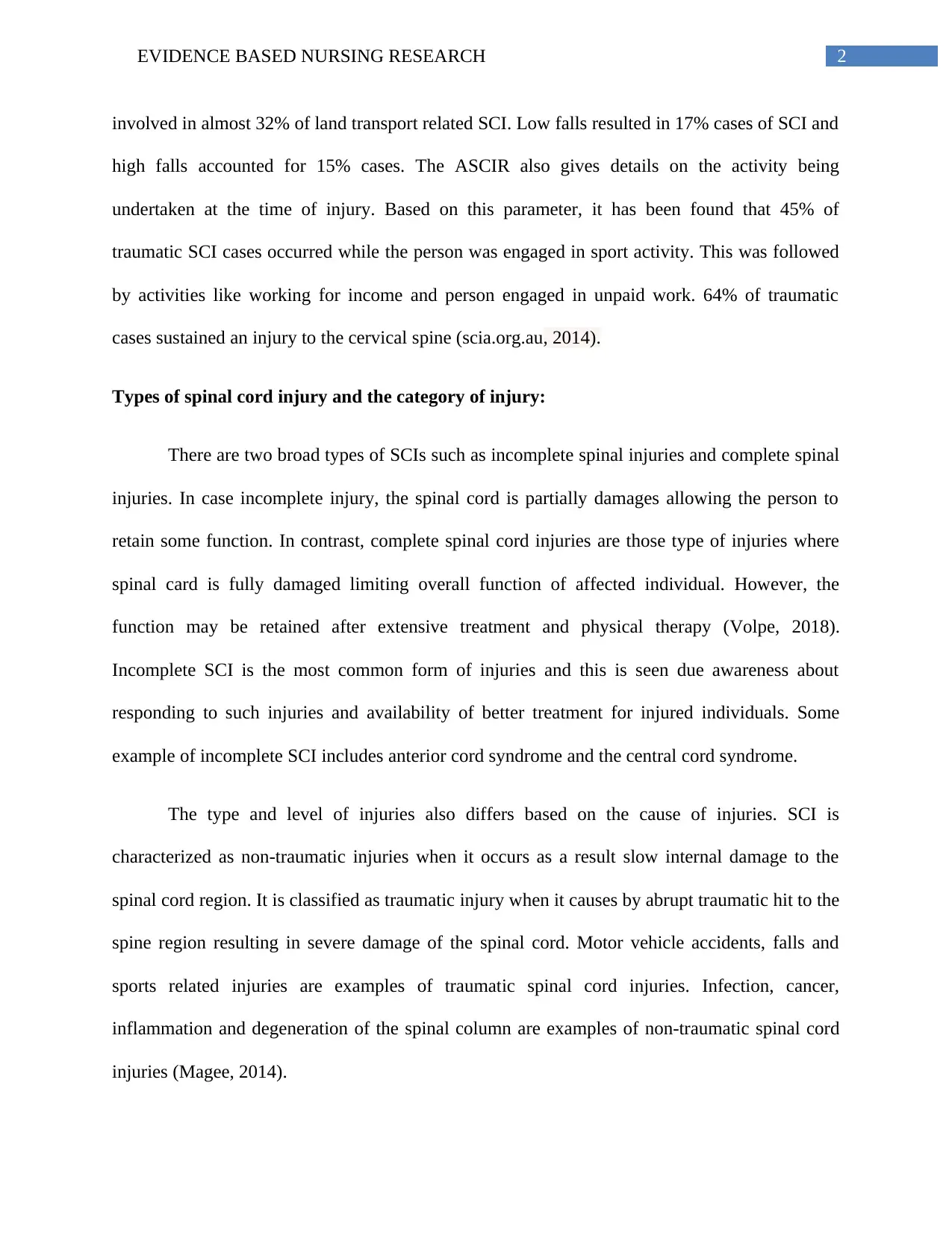
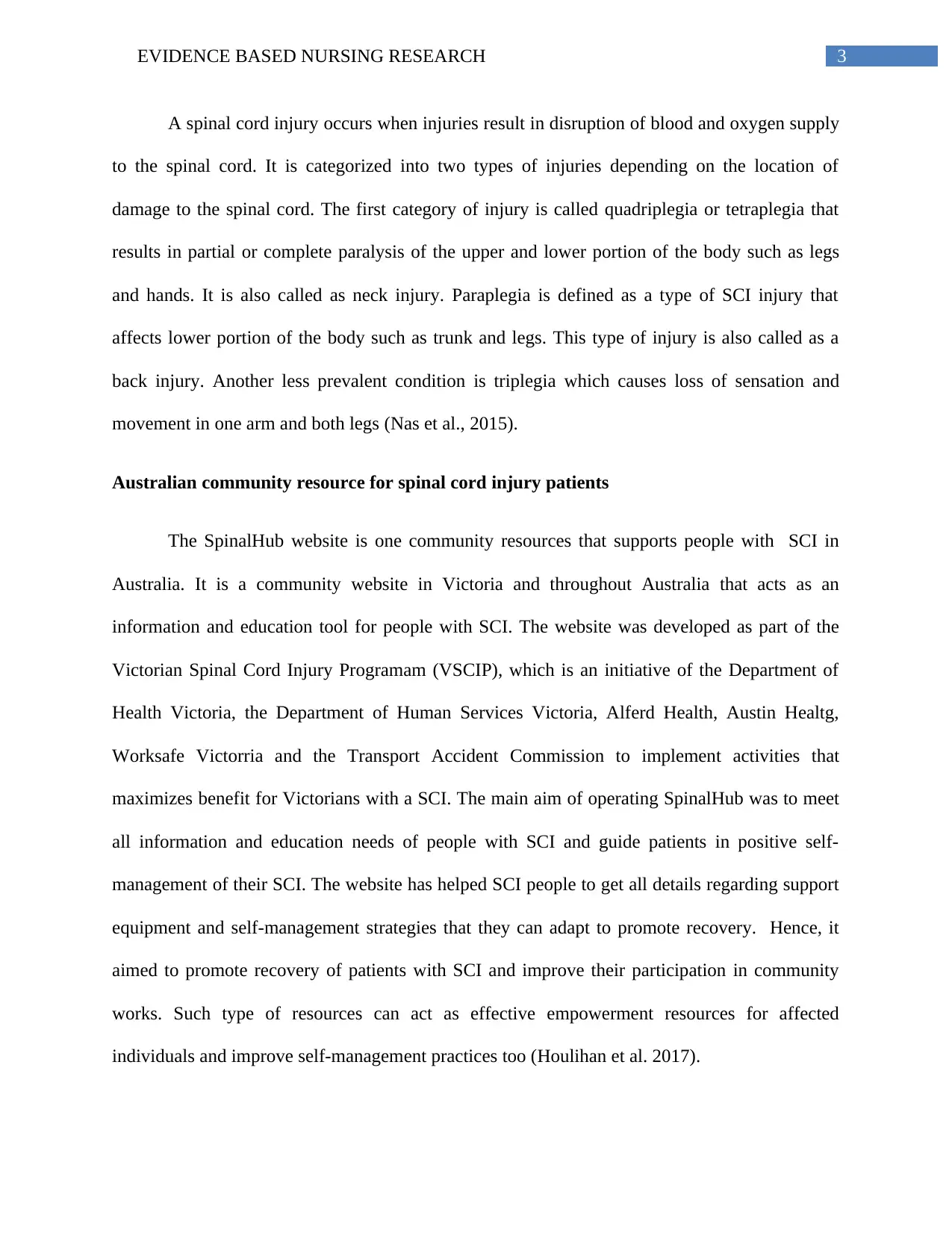
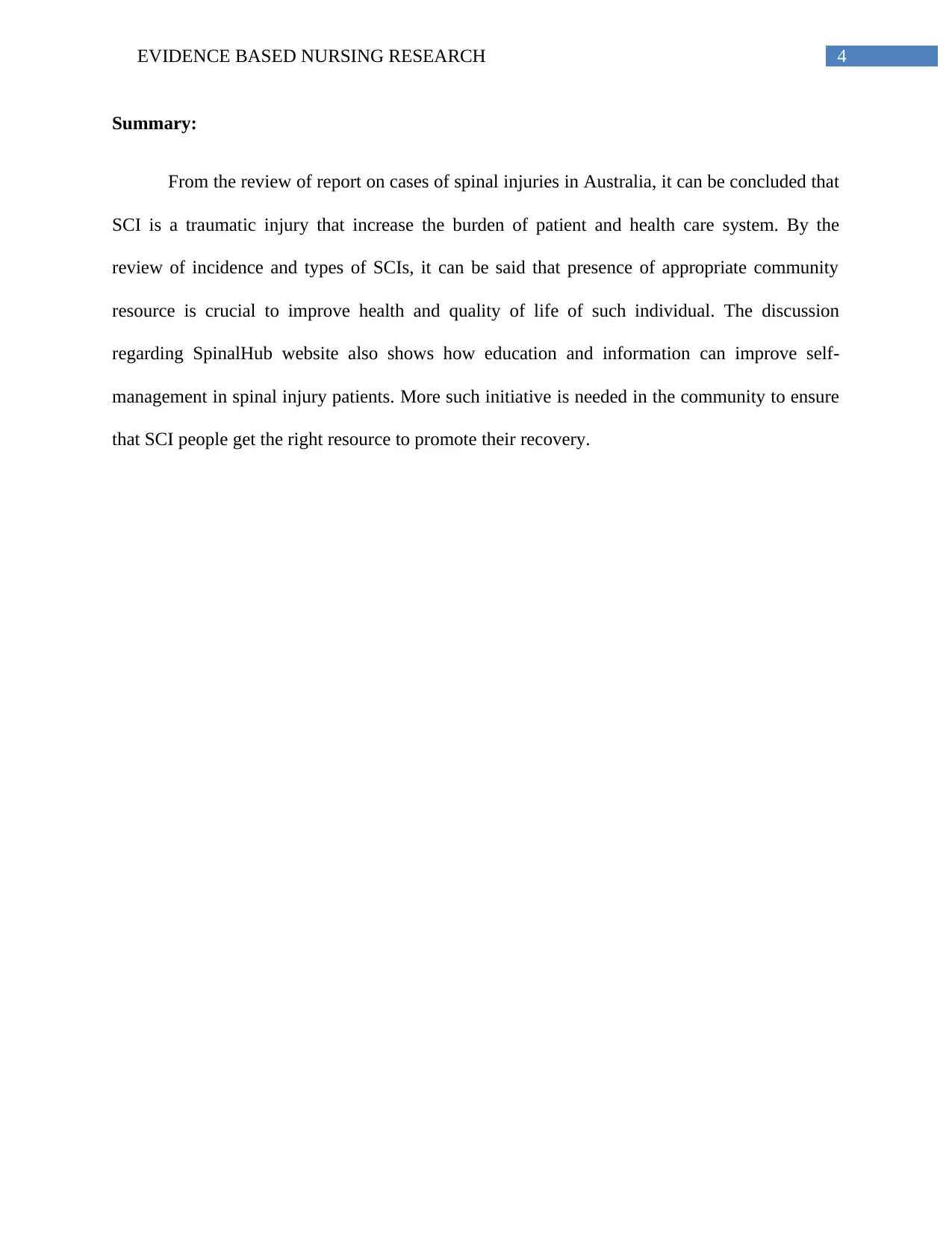
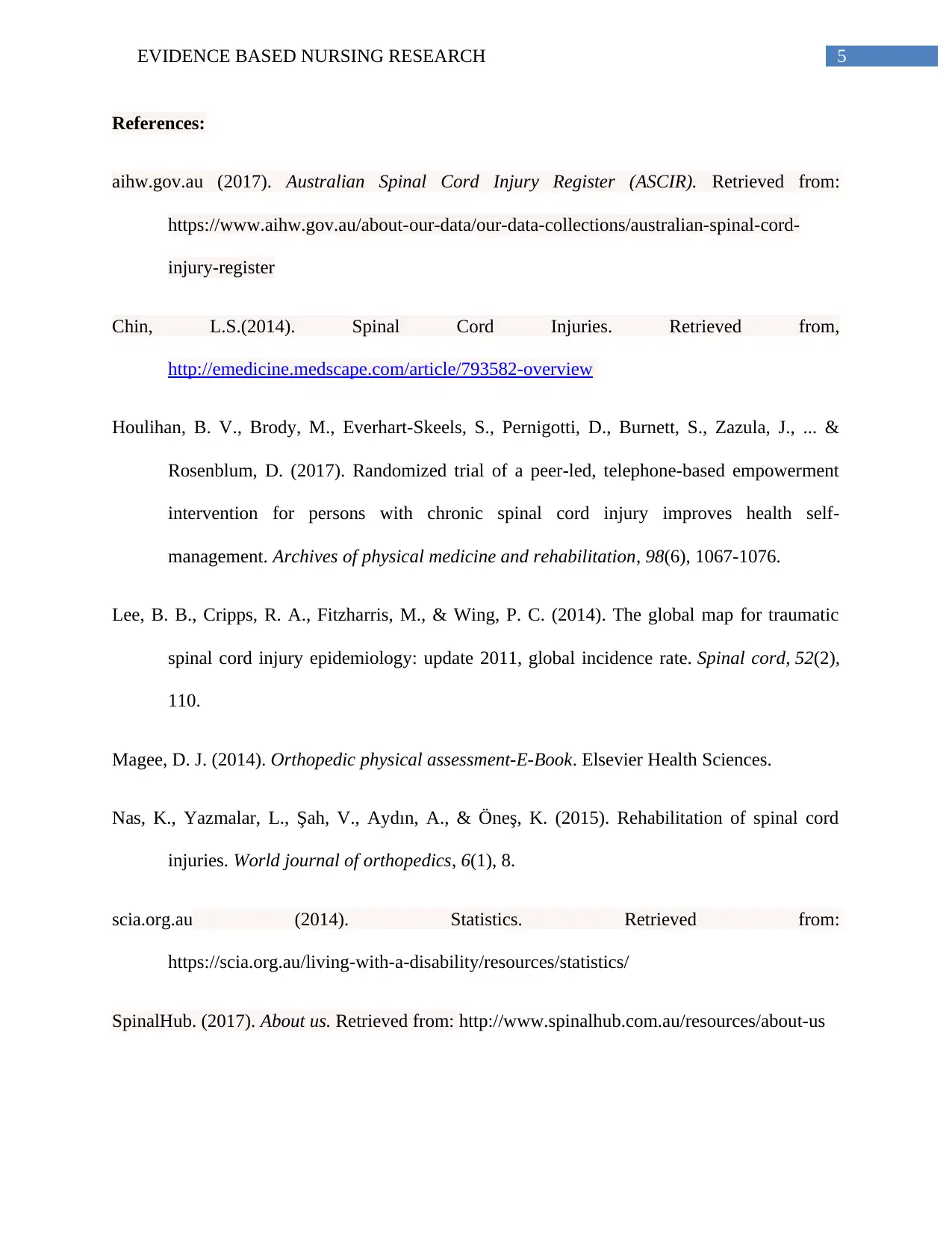
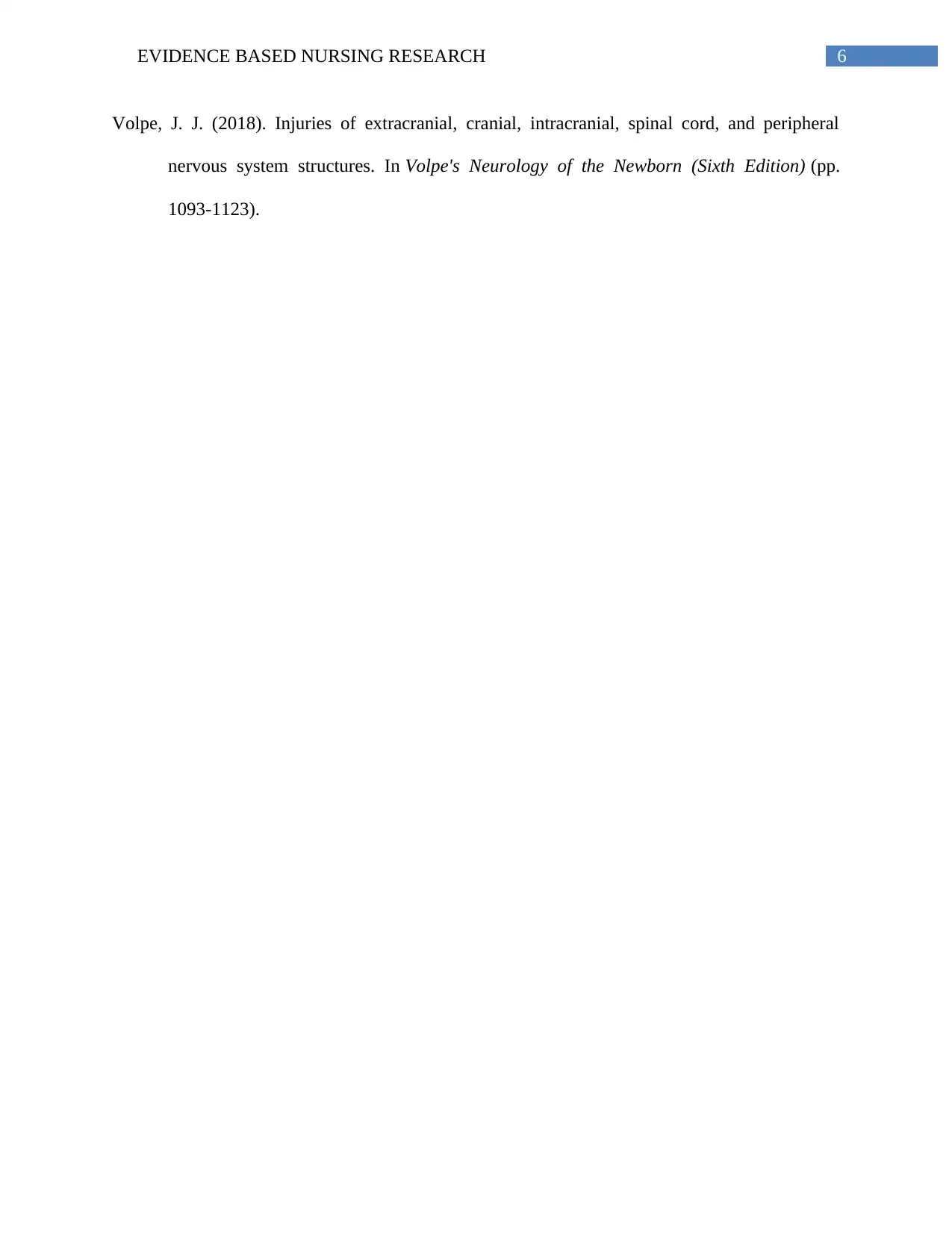






![[object Object]](/_next/static/media/star-bottom.7253800d.svg)